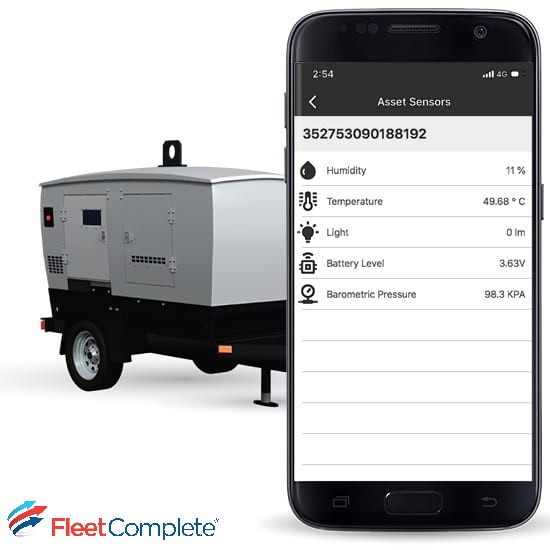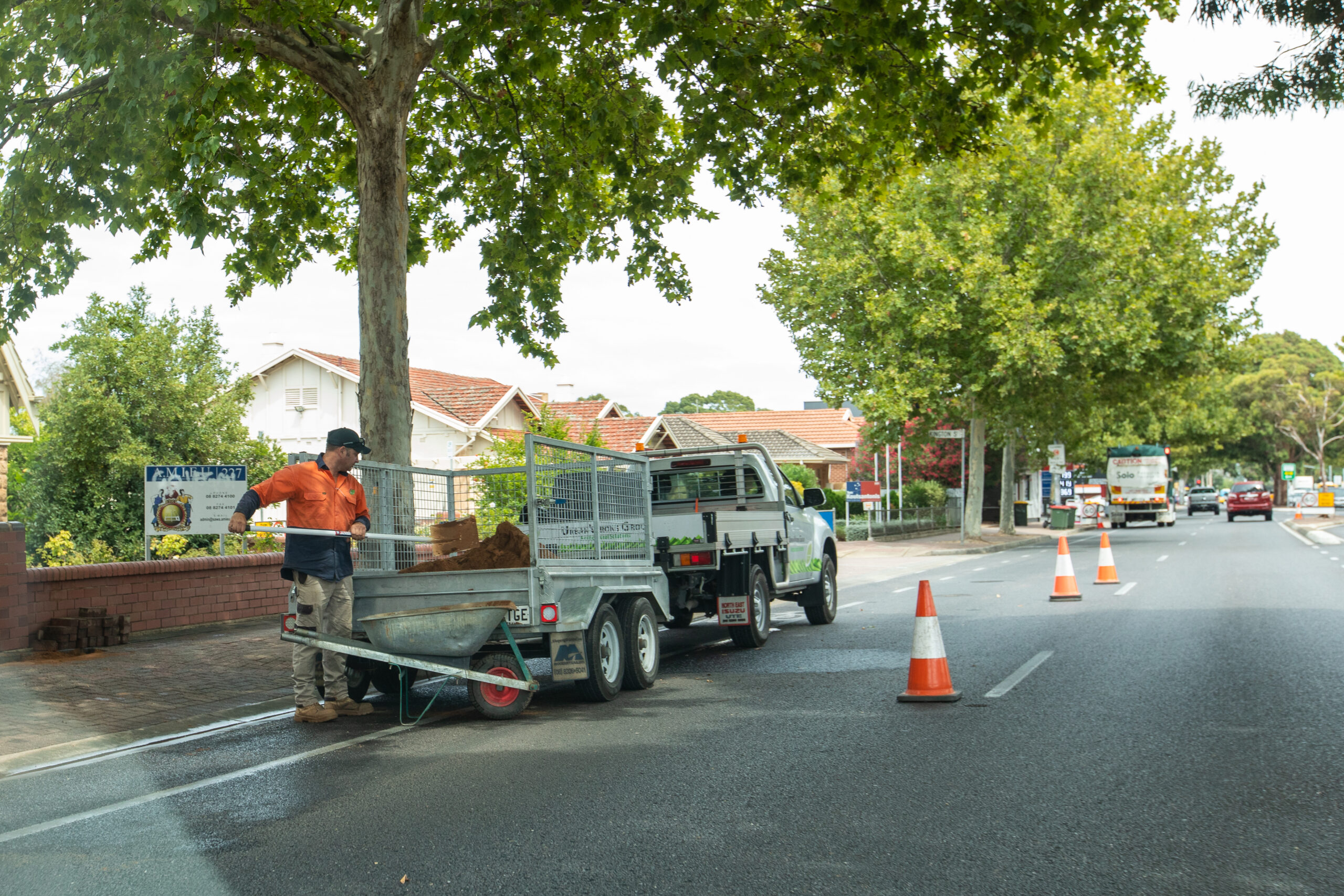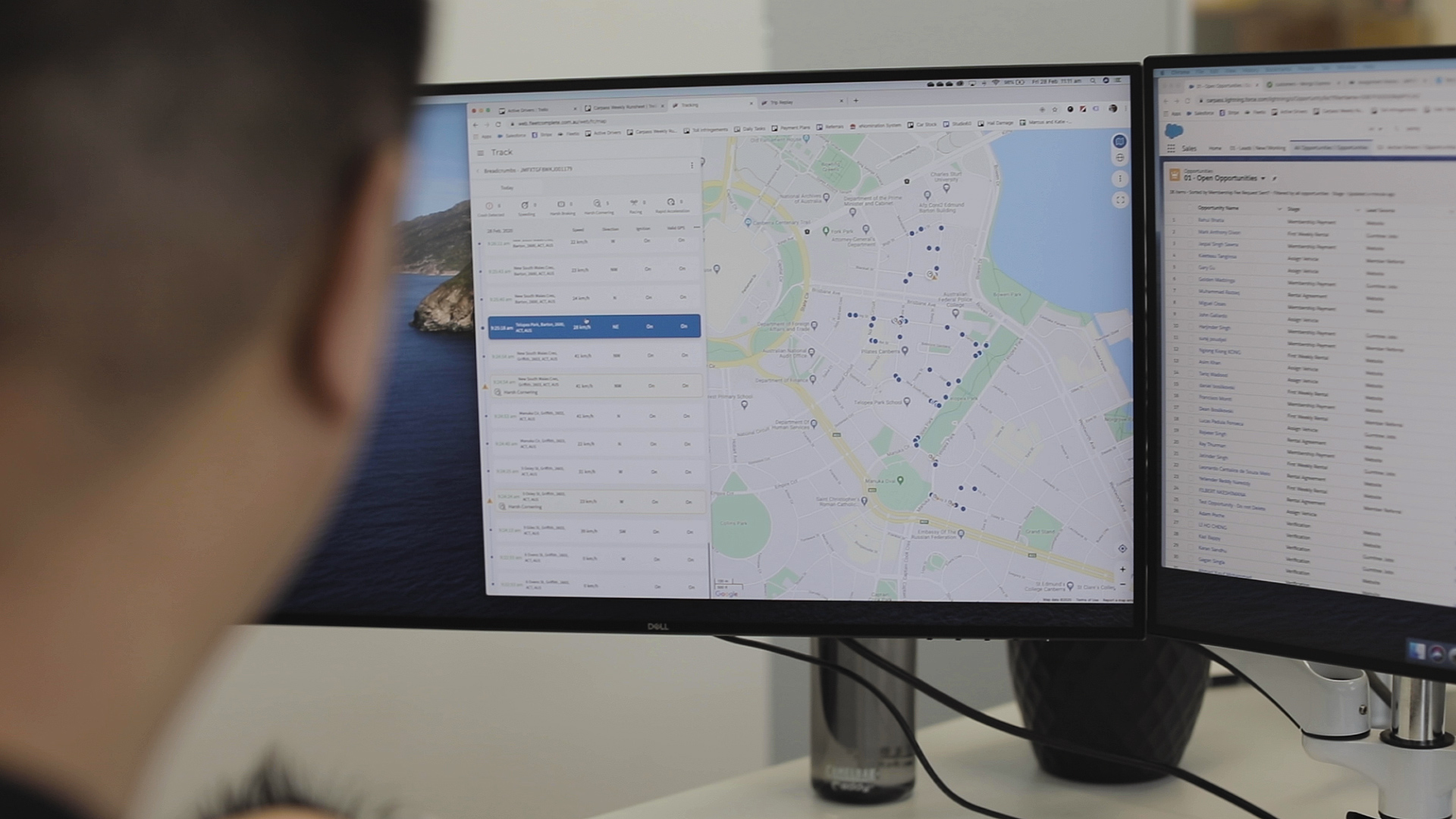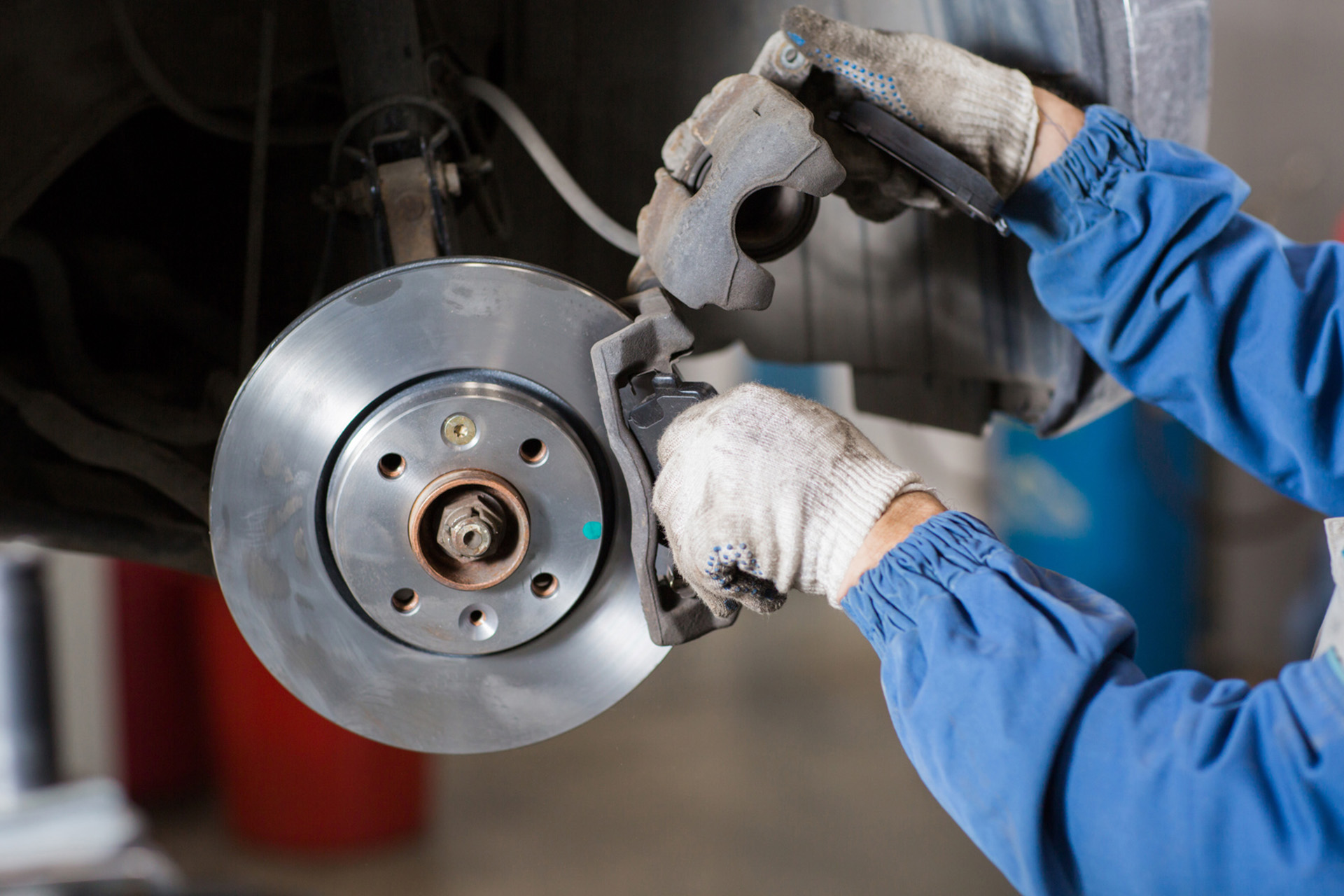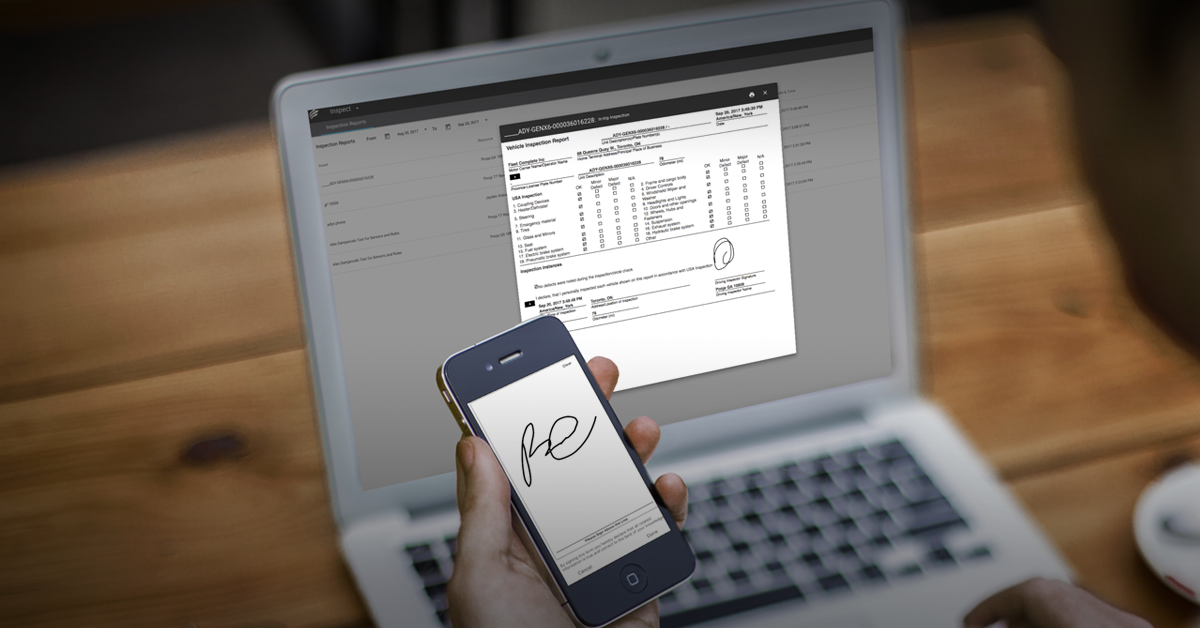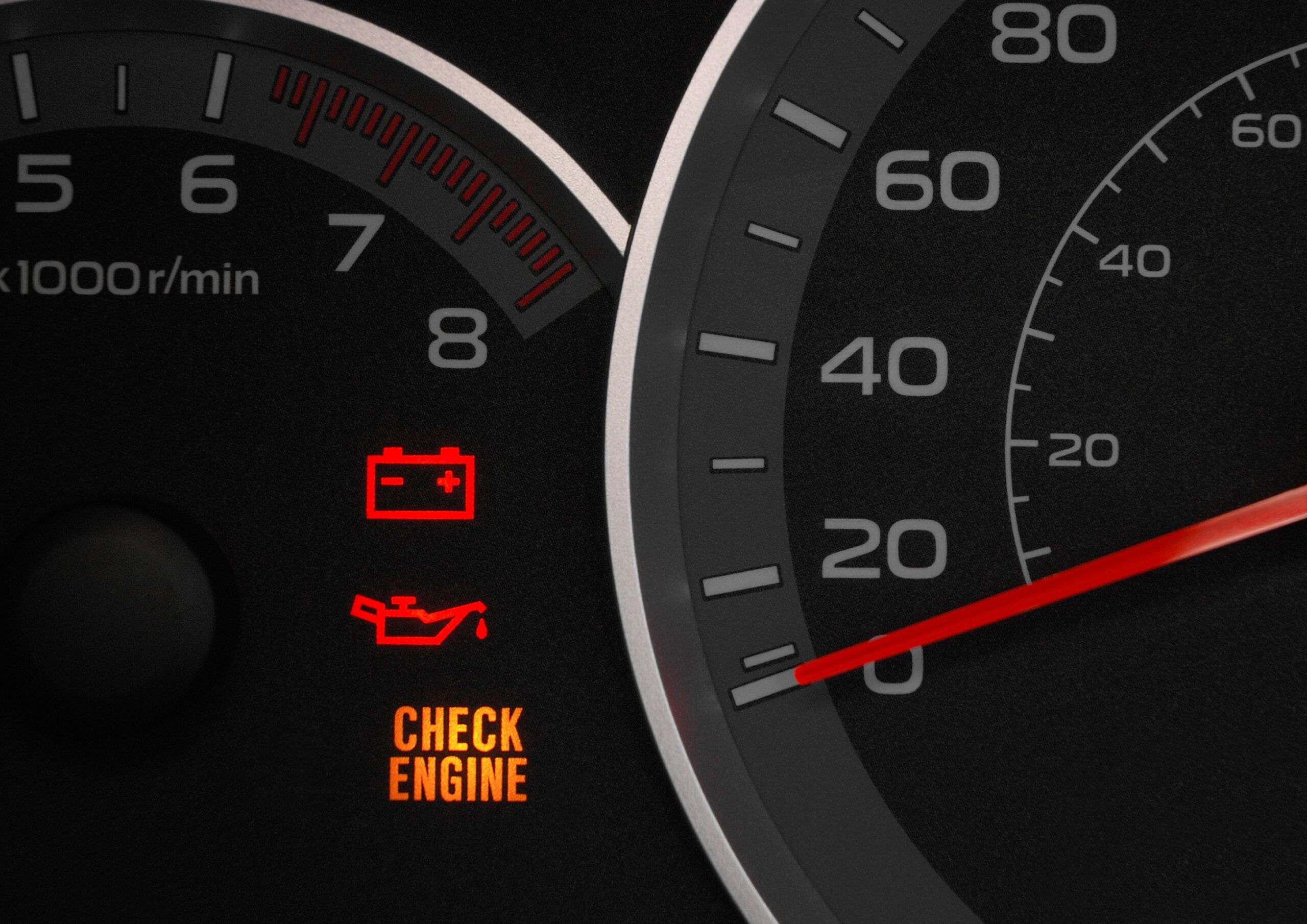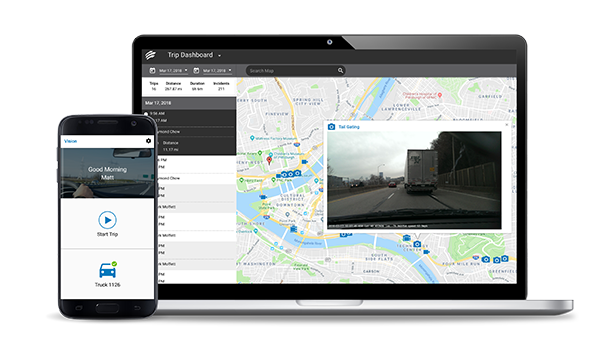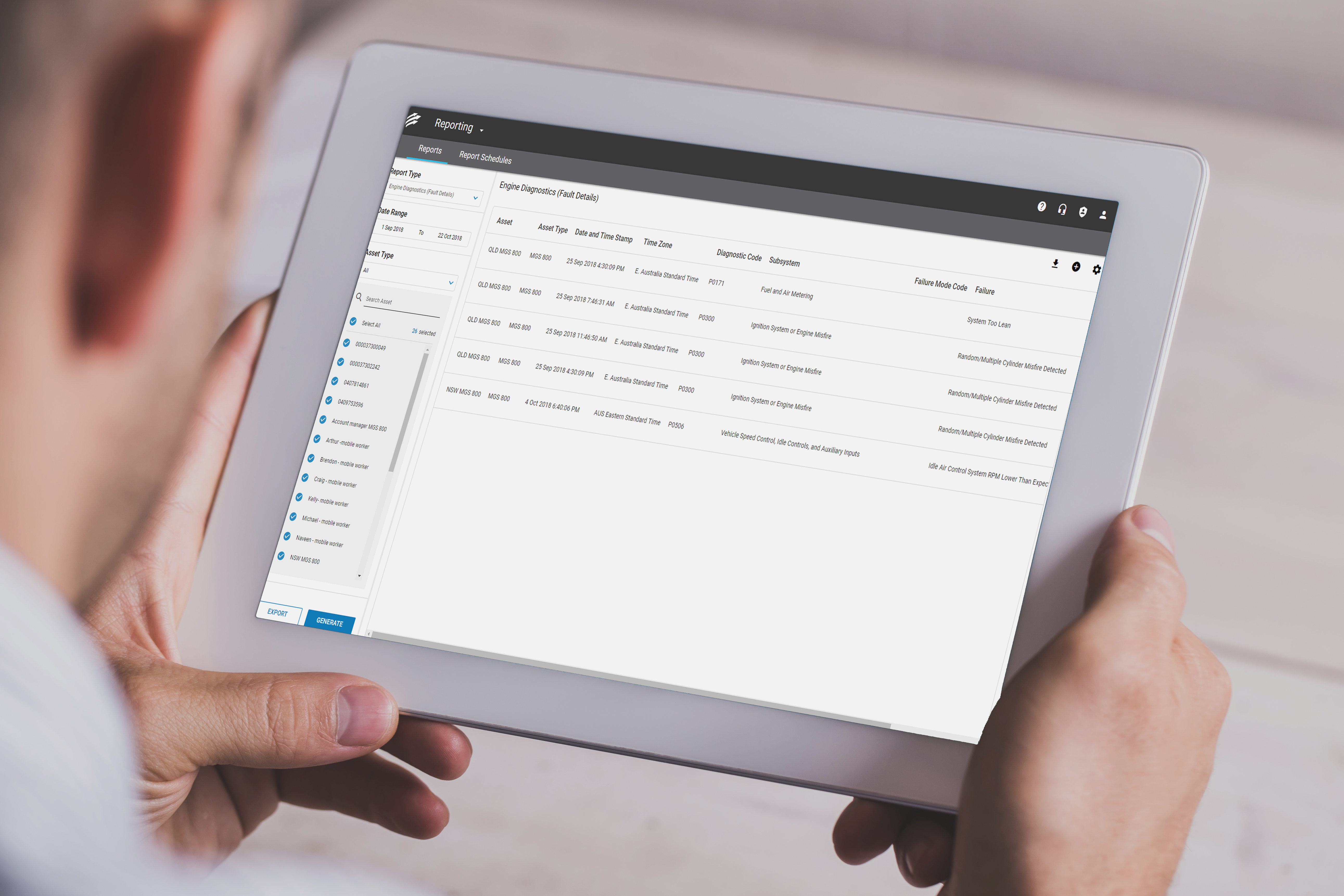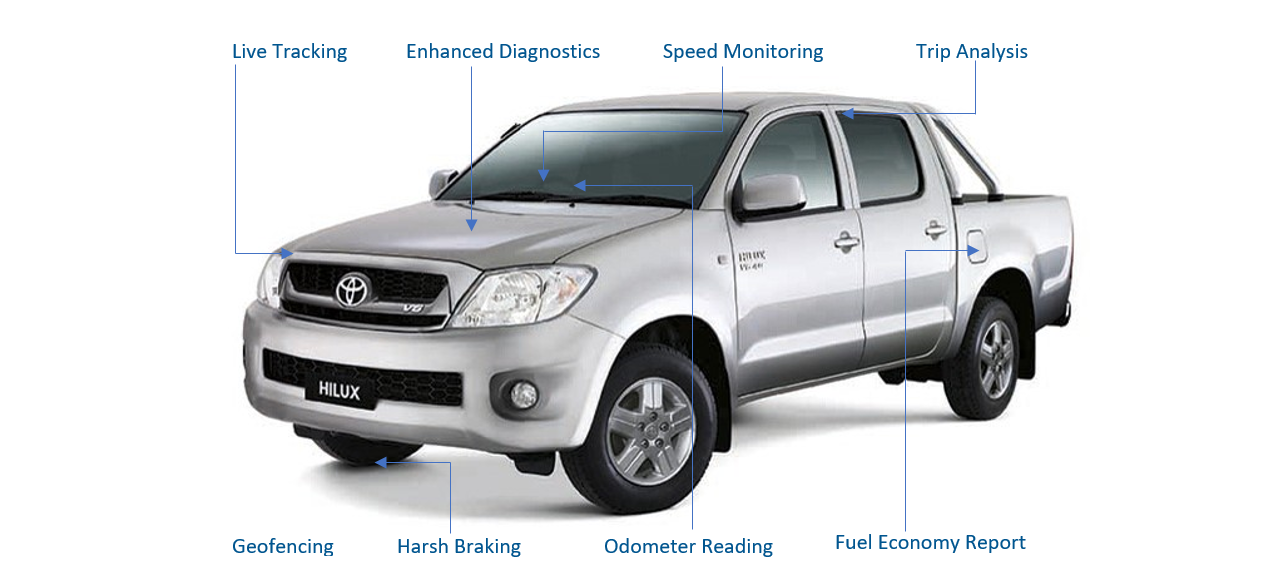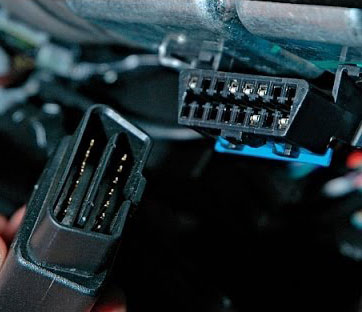
From drivers to managers, running a safety-compliant fleet is the responsibility of everyone in your business. That said, sometimes, things can slip through the cracks.
Collective responsibility is easier when there are clear guidelines in place and tools to help everyone take ownership of their performance. This article will go over tips on how to ensure all areas of your fleet are compliant with necessary safety measures.
Why Safety Compliance is Vital
Achieving safety compliance within your business is essential, as in many cases, non-compliance isn’t just dangerous, it’s breaking the law. If you don’t run safe and roadworthy vehicles, not only will you put your drivers and other road users in danger, but you could also end up with fines, higher insurance costs, and legal fees.
Beyond safety and legal aspects, having safety-compliant, well-maintained vehicles means less costly and disruptive unscheduled downtime.

Effective risk management processes ensure vehicles are maintained and checks are performed and completed to uniform standards. This creates a culture of safety and responsibility that’s vital for fleet safety compliance.
4 Key Safety Areas to Focus On
When it comes to running a safety-compliant fleet, there are four key areas managers and drivers need to keep an eye on.
1. Speed
Speeding is one of the driving behaviours that causes the most road fatalities in Australia. It’s estimated to account for approximately 30% of all road accidents.
Exceeding speed limits doesn’t only impact the safety of the driver – a small increase in speed massively increases the risk of injury or death for other road users as well.

Fifty people have died in traffic crashes in Queensland alone this year – 18 more than the same time in 2020. “Three hundred lives lost is quite possible this year unless we really start turning things around…and it’s been well over a decade since we’ve had 300 people killed on Queensland roads,” says Acting Chief Superintendent Ray Rohweder.
GPS fleet management software and telematics can help both drivers and managers monitor speed. Real-time alerts can notify drivers and managers when speeding occurs, allowing drivers to remedy the situation in the moment. Managers can use in-cabin alerts to offer live feedback or warnings, while telematics tools can track driving behaviour over time. This gives managers a top-down view of performance which can then be used for feedback and training for driver improvement.
2. Vehicle Standards
When it comes to maintenance, it’s crucial managers ensure vehicles are kept road-worthy at all times. This includes conducting regular inspections, replacing parts according to regulations, and properly equipping and fitting vehicles for the drivers.
Managers should also make sure vehicles are used appropriately for the cargo they’re carrying, as overloading a vehicle is dangerous and inefficient.
Fleet management software can help with implementing a regular preventative maintenance schedule. Specifically, Fleet Complete’s Inspect Mobile App solution makes maintenance easier by allowing drivers to log any vehicle faults found during inspection directly in the app, which fleet managers and mechanics can immediately see within the application. This makes staying on top of maintenance and keeping a road-ready fleet simple – a key aspect of safety compliance.
3. Fatigue
Fatigued or overworked drivers can pose a serious safety threat on the road, as they’ll be less sharp and more likely to make mistakes.
This is where electronic work diaries (EWD) come into play to help fleets reduce fatigued driving and stay safety compliant. An EWD is a device that records a driver’s work and rest times, allowing them to be proactive about managing fatigue by helping them monitor their driving schedule.
In terms of benefits to fleet managers, EWDs are an efficient way to ensure drivers adhere to scheduled hours and take regular breaks to remain compliant with safety standards. They also help reduce administrative burdens like the need to re-key spreadsheets that can make keeping track of information difficult.

4. Driver Certifications and Licences
Any employee who operates a vehicle must be certified, properly trained, and in good health. This includes having a valid driving licence for the type of vehicle they’re operating, as well as the ability to drive and operate the vehicle safely without causing risk to other road users or themselves.
With fleet management software, managers can easily keep track of driver information – including their certifications – to ensure all drivers in the fleet are compliant.
Final Thoughts
Fleet safety compliance is vital for the safe and effective operation of your fleet. It doesn’t need to be complicated or time-consuming, but it will take some planning to ensure every check is carried out correctly.
Establish procedures to encourage compliance with vehicle maintenance and risk management across all levels of the business. The plan should be communicated effectively and be easily available on web portals, company intranets, handbooks, and mobile devices. Finally, keep employees informed of changes to ensure an ongoing culture of safety.
With efficient fleet management tools providing valuable data, you can monitor your fleet, lower risks, and make improvements to support fleet safety compliance.
Take our fleet management system for a spin to see how it can help you run an efficient and compliant fleet. Get started today by trying our Fleet Complete demo.
If you found this article helpful, please share it on social media.























